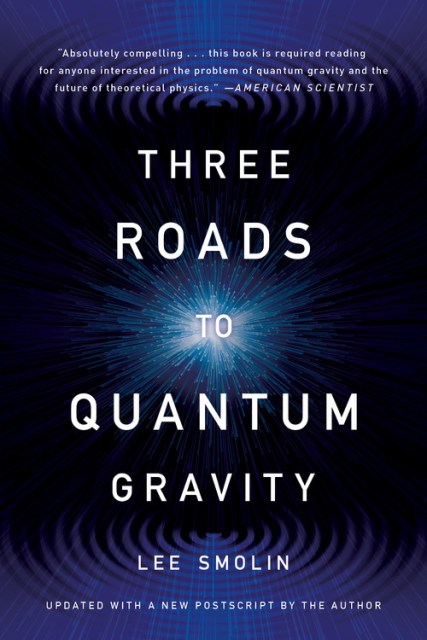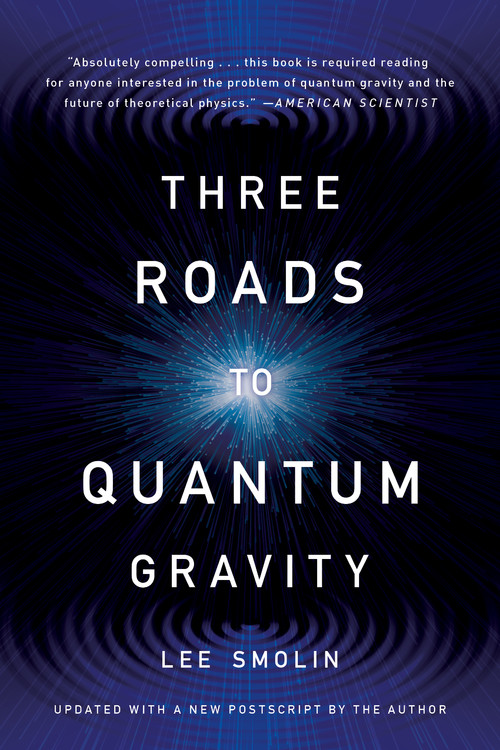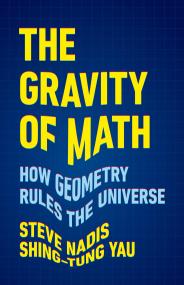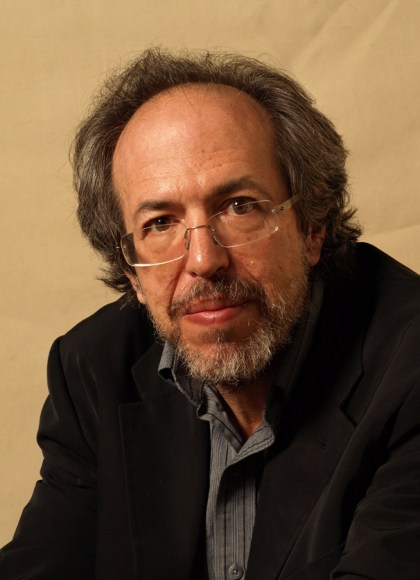Promotion
25% off sitewide. Make sure to order by 11:59am, 12/12 for holiday delivery! Code BEST25 automatically applied at checkout!
By clicking “Accept,” you agree to the use of cookies and similar technologies on your device as set forth in our Cookie Policy and our Privacy Policy. Please note that certain cookies are essential for this website to function properly and do not require user consent to be deployed.
Three Roads to Quantum Gravity
Contributors
By Lee Smolin
Formats and Prices
- On Sale
- Aug 8, 2017
- Page Count
- 288 pages
- Publisher
- Basic Books
- ISBN-13
- 9780465094547
Price
$19.99Price
$25.99 CADFormat
Format:
- Trade Paperback (Revised) $19.99 $25.99 CAD
- ebook $12.99 $16.99 CAD
This item is a preorder. Your payment method will be charged immediately, and the product is expected to ship on or around August 8, 2017. This date is subject to change due to shipping delays beyond our control.
Buy from Other Retailers:
In Three Roads to Quantum Gravity, Lee Smolin provides an accessible overview of the attempts to build a final “theory of everything.” He explains in simple terms what scientists are talking about when they say the world is made from exotic entities such as loops, strings, and black holes and tells the fascinating stories behind these discoveries: the rivalries, epiphanies, and intrigues he witnessed firsthand.
“Provocative, original, and unsettling.” — The New York Review of Books
“An excellent writer, a creative thinker.” — Nature
Genre:
-
"Lee [Smolin] is a brilliant, original thinker."Roger Penrose
-
"[Smolin] argues lucidly and effectively that physicists should pause to reevaluate exactly what they mean when they use the words 'space' and 'time.' This is a deeply philosophical work."New York Times Books Review
-
"A mix of science, philosophy, and science fiction, [this] is at once entertaining, thought-provoking, fabulously ambitious, and fabulously speculative."New York Times
-
"This is real twenty-first century science."Allen Lane, Independent
Newsletter Signup
By clicking ‘Sign Up,’ I acknowledge that I have read and agree to Hachette Book Group’s Privacy Policy and Terms of Use







